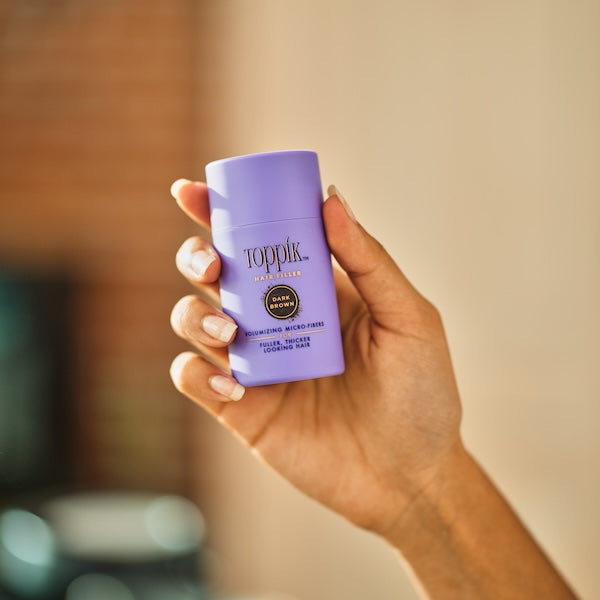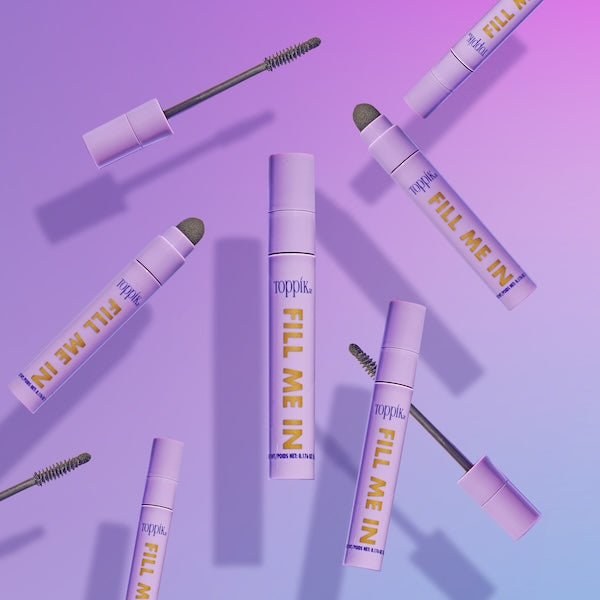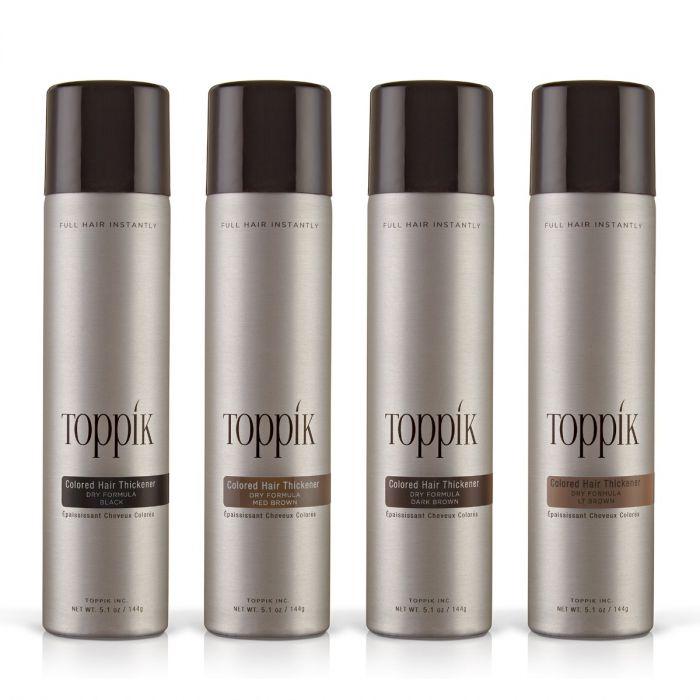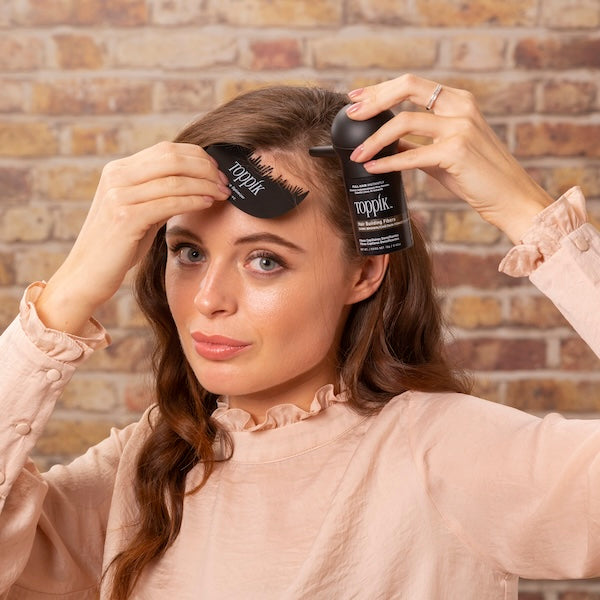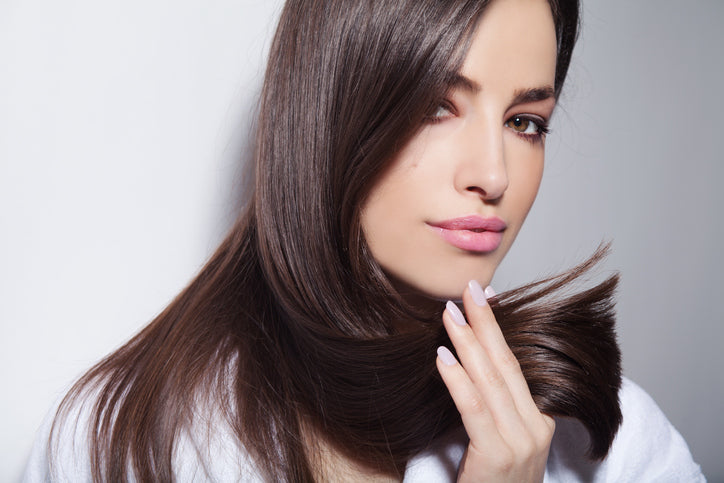Are you someone who dreams of having smoother, more manageable hair? Straightening your hair every day is always an option, but if you’re looking for a more permanent solution, hair rebonding may be the answer. So if you’re wondering, “What is hair rebonding?”, keep reading!
Hair Rebonding Definition
Your hair is formed by a protein called keratin, which itself is made up of many copies of an amino acid called cysteine. These cysteine amino acids can bond with other amino acids further down the hair shaft, forming what’s known as a disulfide bond. Each time a disulfide bond forms, the hair shaft bends slightly. Thus, hair with many disulfide bonds forms curls, whereas hair with few disulfide bonds falls straight.
Hair rebonding involves breaking these bonds between the amino acids and rebuilding them to permanently change the structure of the hair. The result is smoother, straighter hair, which some people find easier to maintain than natural curls or waves.

What Happens During a Hair Rebonding Treatment?
The hair rebonding treatment begins with the application of a relaxant, which is a chemical that breaks down the protein bonds of the hair shaft. The hair is then straightened using flat iron on a high temperature setting. In the final step, a neutralizer is applied to the hair, which “rebonds” the proteins, creating a new structure for the hair shaft (this is why the process is called “hair rebonding”).
A hair rebonding treatment lasts between three to eight hours, depending on the length of the hair. While hair rebonding can leave hair smoother and easier to manage, the treatment damages hair in the process. After hair rebonding, hair is more brittle, so it’s important to take care of it to prevent breakage (more on that later).
What is Soft Rebonding?
Soft rebonding is a variation on the traditional hair rebonding treatment. Whereas hair rebonding usually leaves hair completely straight, soft rebonding allows hair to maintain a little bit of wave at the end. This creates a softer finished look, hence the name “soft rebonding”.
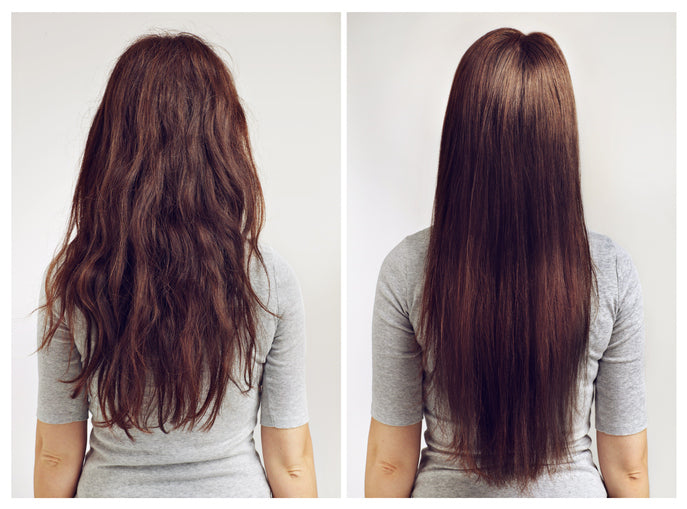
What is Volume Rebonding?
Volume rebonding is actually a hybrid between hair rebonding and a perm. Volume rebonding perms hair where volume is desired (like near the scalp), while the rest of the hair undergoes a hair rebonding treatment to leave it sleek and shiny. There are several variations on volume rebonding depending on how the hair is permed, including S curve and C curve rebonding.
What About Rebonded Short Hair?
Can people with short hair also undergo a rebonding treatment? The answer is yes. Hair rebonding can also make short hair smoother and straighter. So, if you have curly hair but want to wear your hair in a short, sleek bob, hair rebonding may be an option for you.
But keep in mind that hair rebonding does leave hair brittle and damaged. This can make hair more prone to breakage and hair loss. Thus, if you’re planning on growing out your short hair, hair rebonding may not be for you.

How to Care for Rebonded Hair
1. Use a Mild Shampoo
After a hair rebonding treatment, avoid getting your hair wet for 72 hours. Once the 72 hours are up, use a mild shampoo like Toppik Hair Building Shampoo to cleanse your hair.
2. Moisturize, Moisturize, Moisturize!
Hair rebonding leaves strands dry and brittle, so it’s extra important to moisturize rebonded hair regularly. Try a lightweight conditioner like Toppik Hair Building Conditioner, which hydrates hair without weighing it down.
3. Avoid Heat Styling
One downside of hair rebonding is that you lose a lot of versatility in styling your hair. After undergoing a hair rebonding treatment, you’re pretty much stuck with straight hair until your hair grows out. Why? Since hair rebonding treatments cause so much damage to hair, it’s crucial to avoid hot tools, which can lead to breakage.
Would you ever consider a hair rebonding treatment? Let us know in the comment section below!


